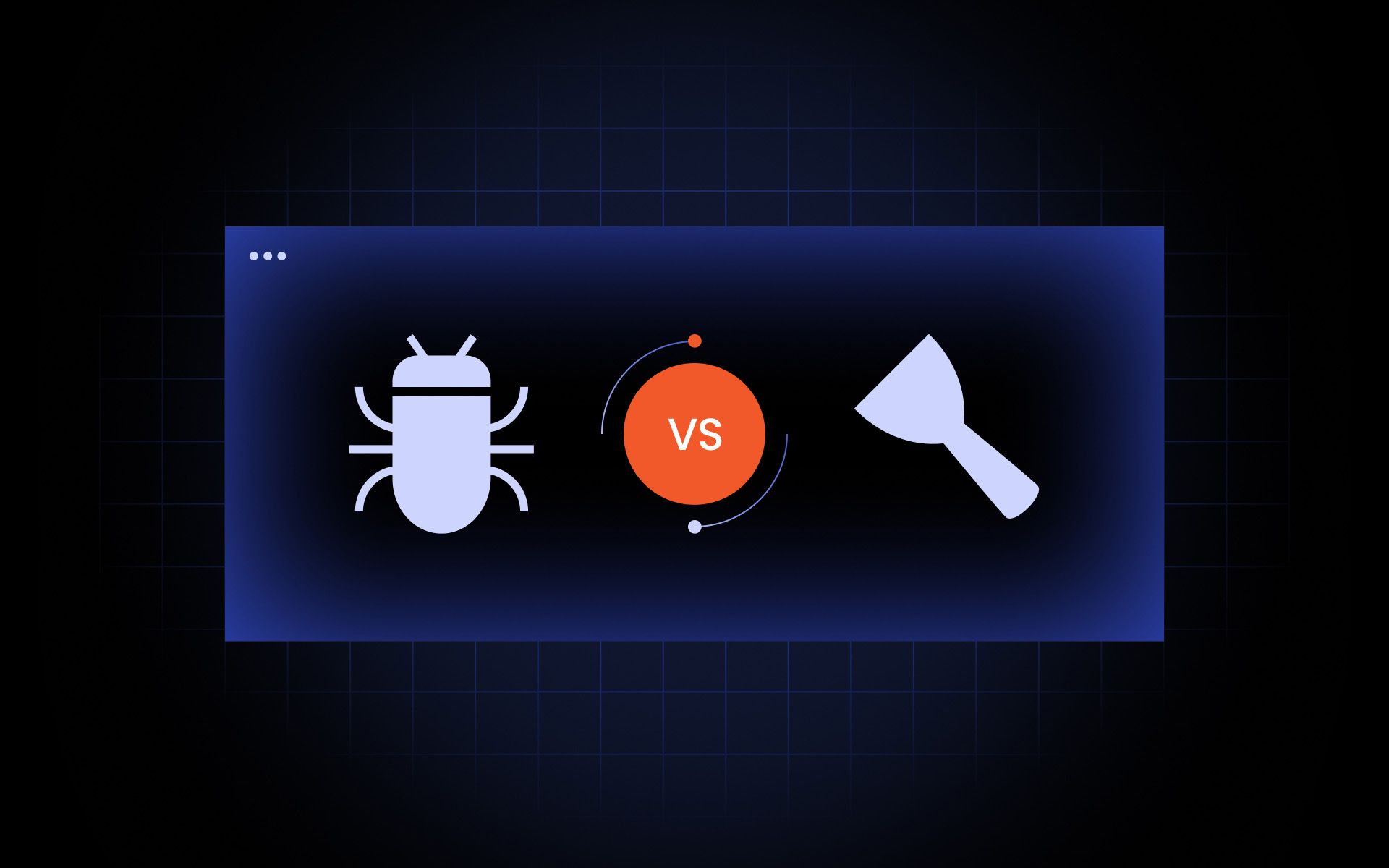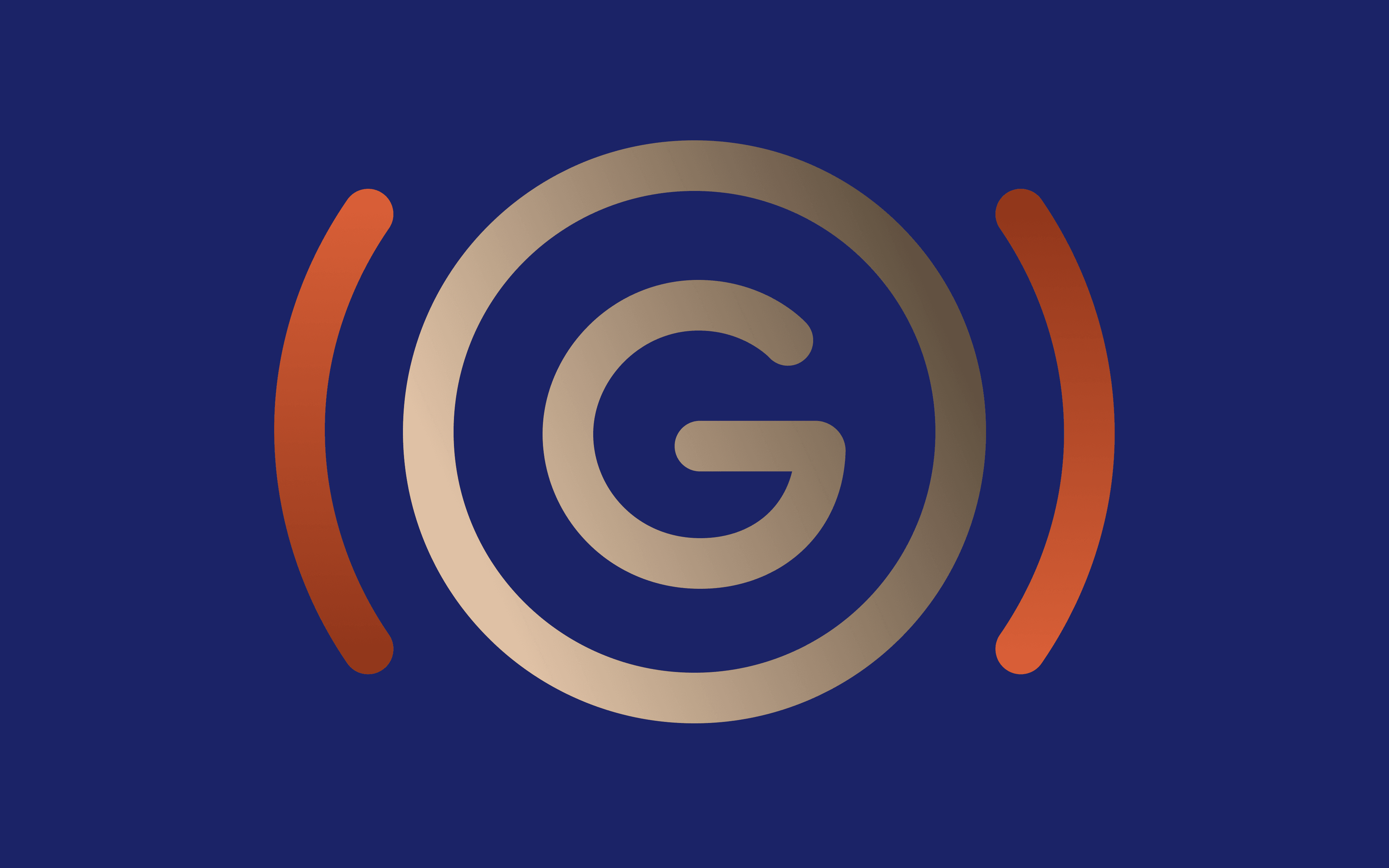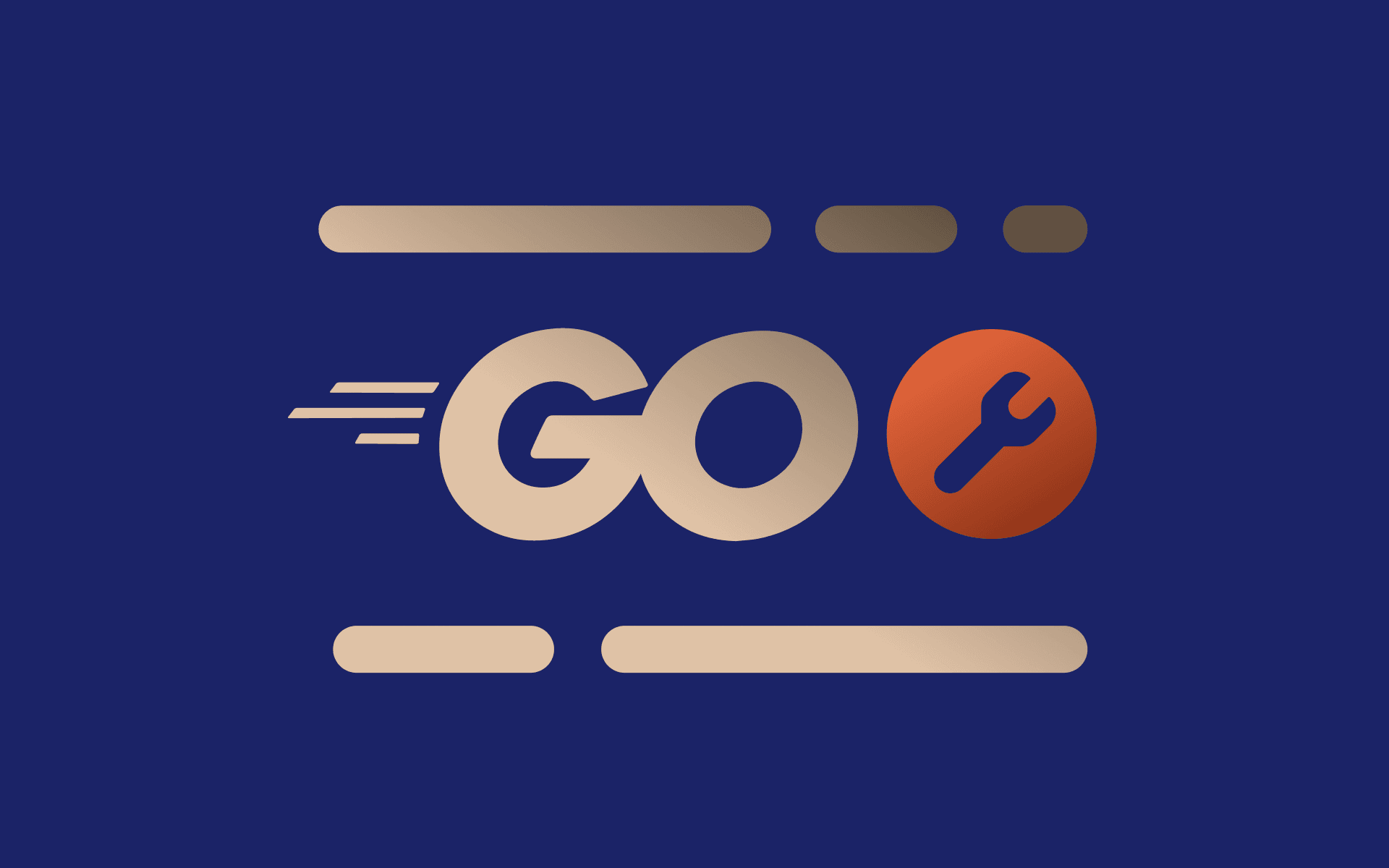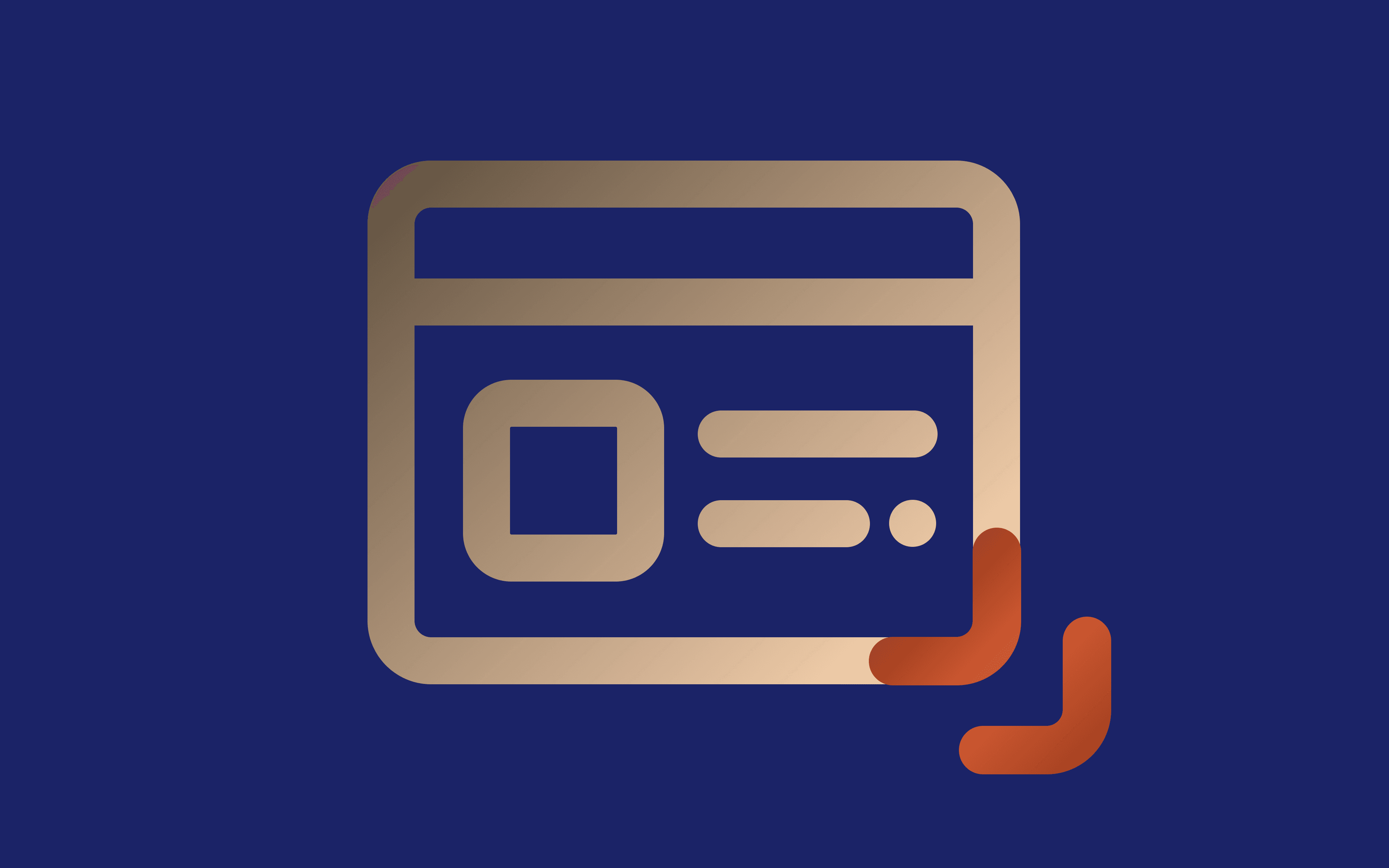The demand for online data is continuously growing, now spiked by the demands for artificial intelligence large language model training. Web scraping is one of the most efficient ways to extract data from publicly available online sources.
But you may have also heard of web crawling. These processes usually go hand in hand, but it's important to understand the difference between using web scraping tools and web crawlers. Let's start with their definitions, and we'll provide crawling and web scraping best practices before wrapping up.
What is web crawling?
Web crawling is an automated process that locates and navigates websites, primarily focusing on extracting website address data known as URLs. Usually, it is deployed by search engines to index websites and display the most accurate information for user searches in the results, which is a process known as indexing.
Web crawling is complex and technologically demanding due to the billions of online websites and countless backlinks within them. Search engines like Google, Bing, DuckDuckGo, and others have proprietary crawlers, also known as spiders. These tools ensure fast, accurate, and ethical web data extraction for indexing websites.
But search engines aren't the only ones benefiting from web crawling. SEO specialists also use it to analyze internal backlinks and spot dead links. Web crawling is also widely used in web archiving, as spiders download entire HTML files to preserve the website’s structure. This functionality overlaps with web scraping.
Because web crawlers can put a heavy strain on servers, they must adhere to rules issued in robots.txt files. These files inform which parts of the website are accessible to crawlers and which should not be indexed. It's also highly recommended to include a crawl-delay parameter, which gives servers time to respond without slowing down.
What is web scraping?
Web scraping is also an automated process to extract data from publicly available sources. But unlike web crawling, it has a much broader scope for collecting data. Web scraping can grab product prices, titles, descriptions, reviews, discounts, and much more. In other words, if something is available online, data scraping can get it.
Web scraping heavily relies on web scraping tools, just as much as web crawling relies on spiders. It is also highly customizable using Python coding language and tools like Selenium, Puppeteer, Playwright, and many more.
Web scraping also requires parsing tools, which turn unstructured data into more readable formats, ready for further use. It is also essential to adhere to the best practices and ethics in web scraping. Online privacy and data protection laws, such as GDPR, CCPA, and PIPEDA, put reasonable but heavy restrictions on online data gathering, which web scraping must follow.
Web scraping has very broad use cases. Among the most popular ones are market research, price comparison, leads generation (for example, gathering CVs for recruitment), news monitoring, and search engine optimization. More recently, web scraping has been deployed to gather data for large language models.
In many cases, web scraping relies on proxy servers. Residential Proxies provide IP addresses and rotate them to avoid anti-scraping website algorithms. Some websites limit web scraping access, much like the robots.txt file limits web crawling access. However, ethical web scraping is perfectly legal and used by numerous companies, including Google, Amazon, and Facebook.
Web crawling vs. web scraping: the key differences
The most important web crawling vs. web scraping difference is the purpose of data collection. The web crawling process is primarily used for discovery and indexing. Meanwhile, the web scraping process is used to extract data for previously discussed purposes.
The data type collection is also very different. Web crawling downloads website HTML files to find URLs within them. Web scraping collects all sorts of data, from pricing to texts and images.
Web crawling also deals with much larger data repositories. There are billions of websites that contain hundreds or even thousands of URLs, making web crawling a very complex process from this perspective. Web scraping is usually more focused, often targeting a few dozen websites or just one.
Naturally, these two processes use different tools. Web crawling uses web crawlers, also known as spiders. Meanwhile, a web scraper is almost always used for fast and efficient web scraping.
Lastly, web crawling doesn't have that many legal issues. Website owners are often very interested in making their sites accessible, so they allow spiders to roam freely and issue restraints only in robots.txt files. Because web scraping can collect personally identifiable, copyrighted, and sensitive data, it is essential to overview the legality of this process before proceeding.
When are crawling and scraping used together?
Data scraping and web crawling are used together very often. In many cases, web crawling is the first step in discovering website URLs. It also provides the website's interlinking system so that a web scraper knows how to navigate it. Because web crawling also downloads the website’s HTML structure, it can pass it for parsing and further data analysis.
Web scraping, on the other hand, is not focused on website discovery and navigation that much. Instead, it focuses on data discovery and extraction. It uses various selectors, including CSS selectors and XPath, to collect as much data as necessary.
Additionally, web scraping often requires specialized tools to extract data from JavaScript-heavy websites. Such sites display some information only after the website loads fully, so a web scraper must use additional tools, such as a headless browser.
Challenges and best practices
Crawling and web scraping have significantly different challenges and best practices. If you are using both professionally, make sure you check out our web scraping legality article for a more detailed overview.
Web crawling often involves technical challenges. Because it crawls website URLs and downloads HTML documents, it can place a heavy strain on the server, slowing down the website. In extreme cases, it can also overload the server. Keep in mind that the same issues apply to web scraping.
However, web scraping also deals with a large set of legal issues. For example, scraping personally identifiable data, such as names, addresses, phone numbers, and emails is highly inadvisable and can result in legal issues.
Another web scraping issue that spiders don't have to deal with is anti-scraping protection. Website owners are usually interested in allowing web crawlers to index their websites and make them searchable via search engines. On the other hand, some websites don't feel like sharing data. To protect from data collection bots, they usually implement CAPTCHAs and services like Cloudflare.
Conclusion
As you can see, crawling and web scraping are often used together, but their differences are significant. To recap, data scraping is primarily used to extract data from publicly available sources, while web crawling is used for website discovery and indexing.
It is important to keep in mind the vast legal challenges. Crawling the web usually doesn't cause any issues as long as it doesn't slow down the server or try to access and index URLs that are disallowed in the robots.txt document.
On the other hand, web scraping must always remain on the ethical and legal side of things. For example, HiQ Labs got into a long legal dispute with LinkedIn over scraping its profiles. Although gathering publicly available and non-personally identifiable data is legal in the majority of cases, regularly reviewing the latest online data privacy laws will save you a lot of potential trouble.
If you find this topic interesting or often use data scraping to extract data from websites, then drop by our Discord server. You may find like-minded people to share your experience, and we are always happy to answer all of your questions.



